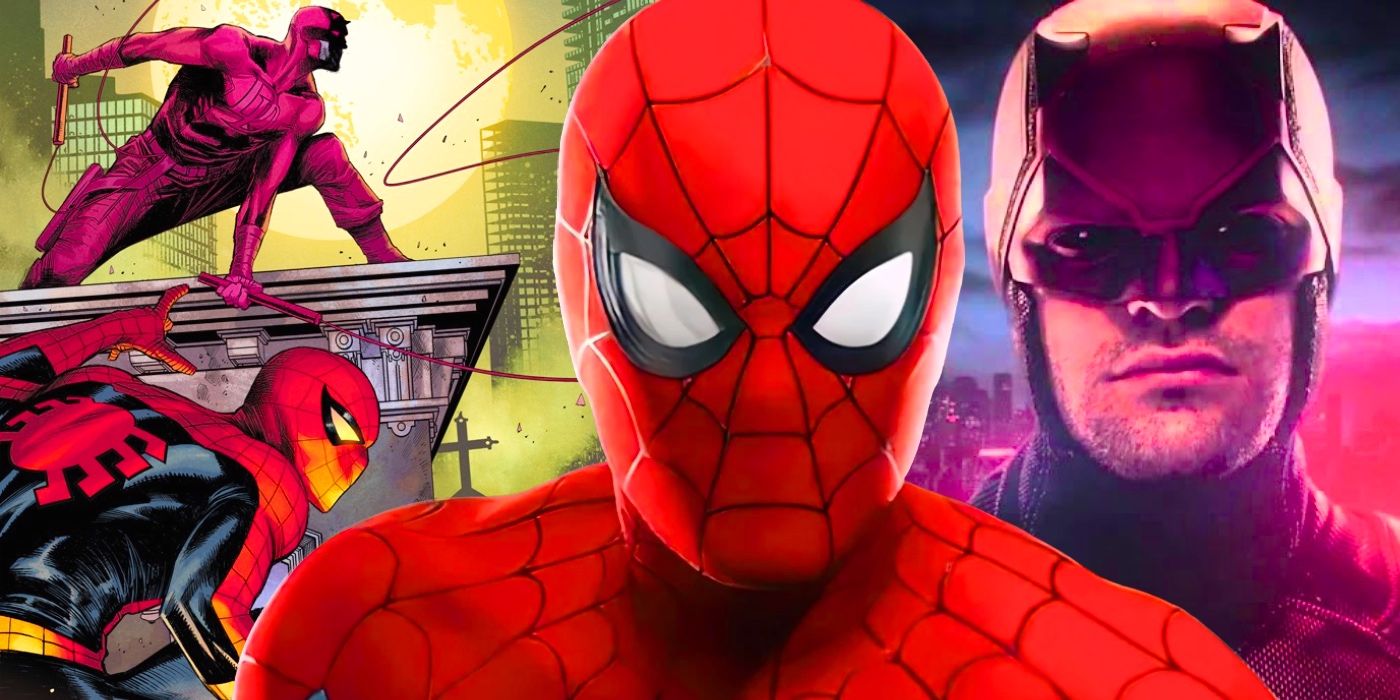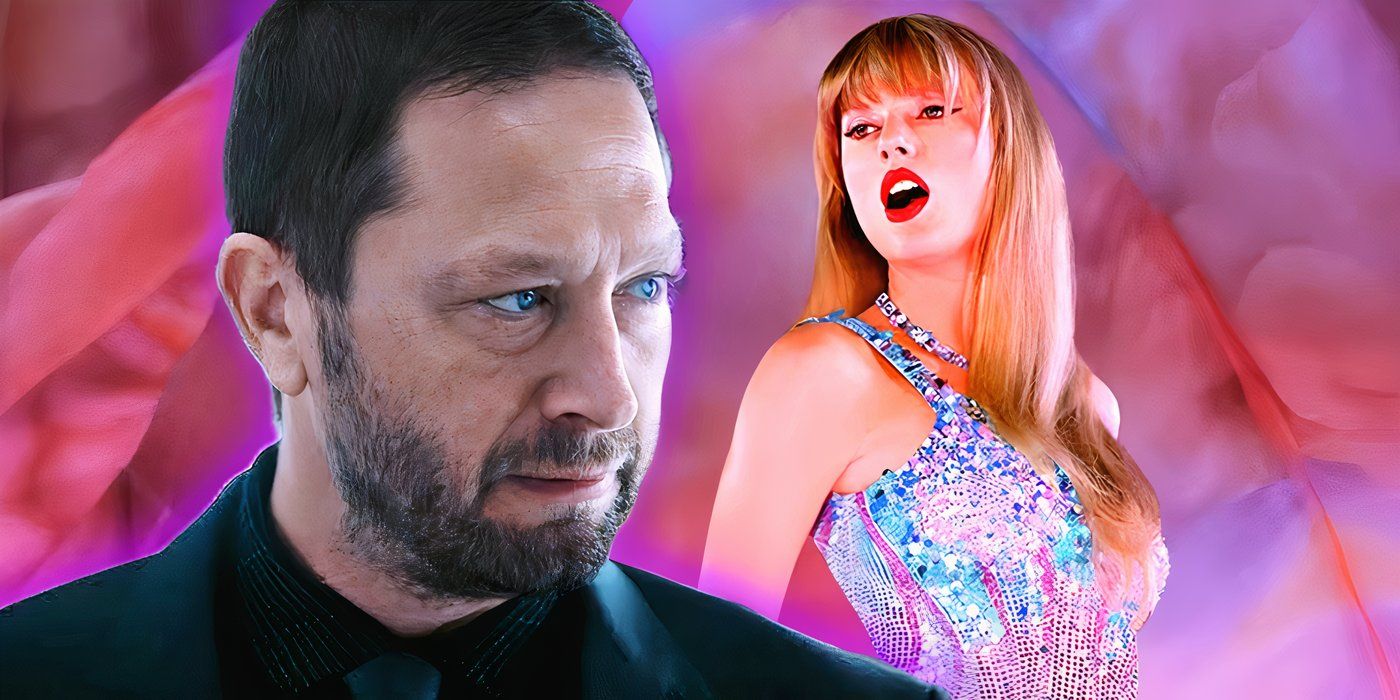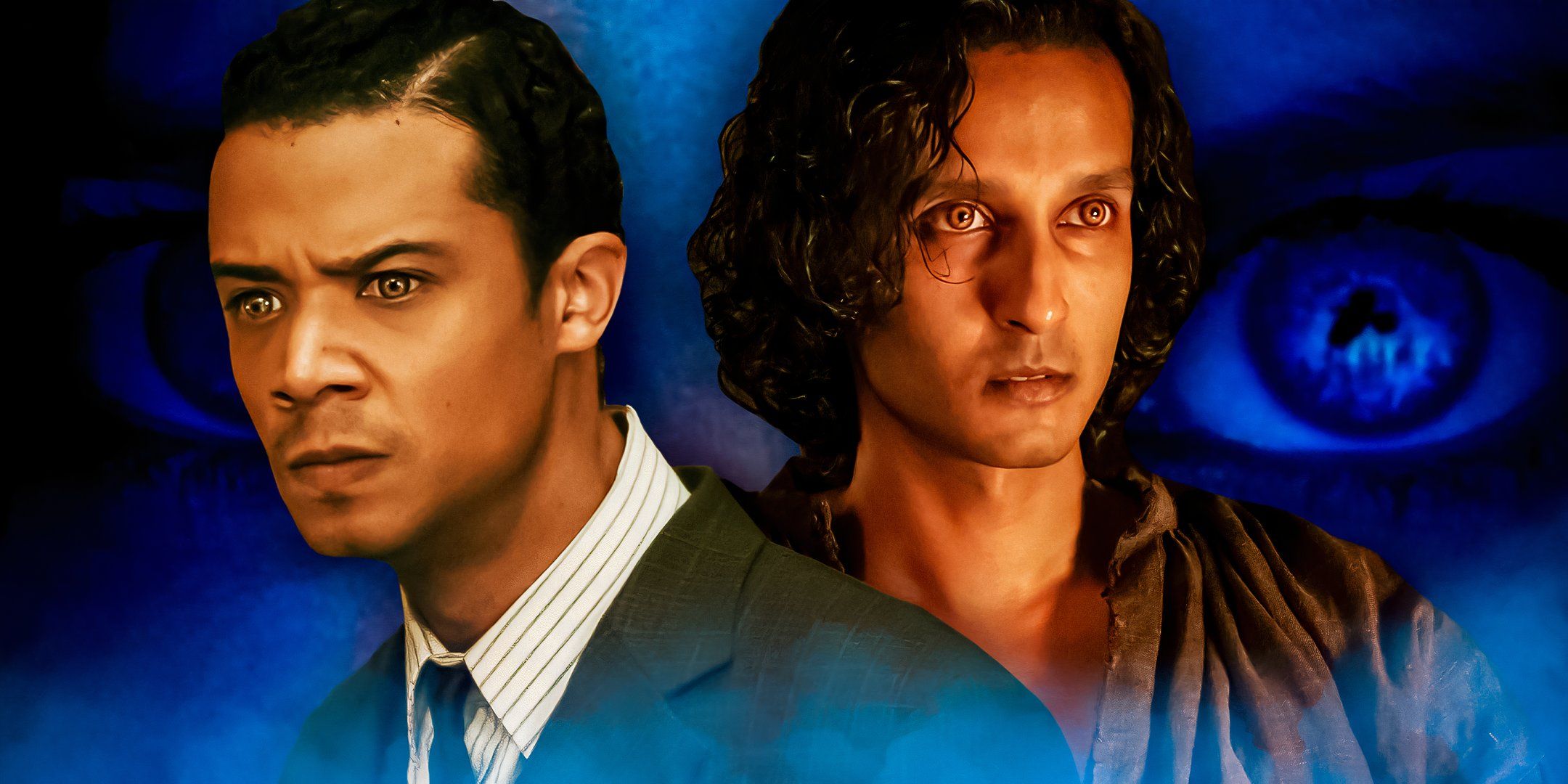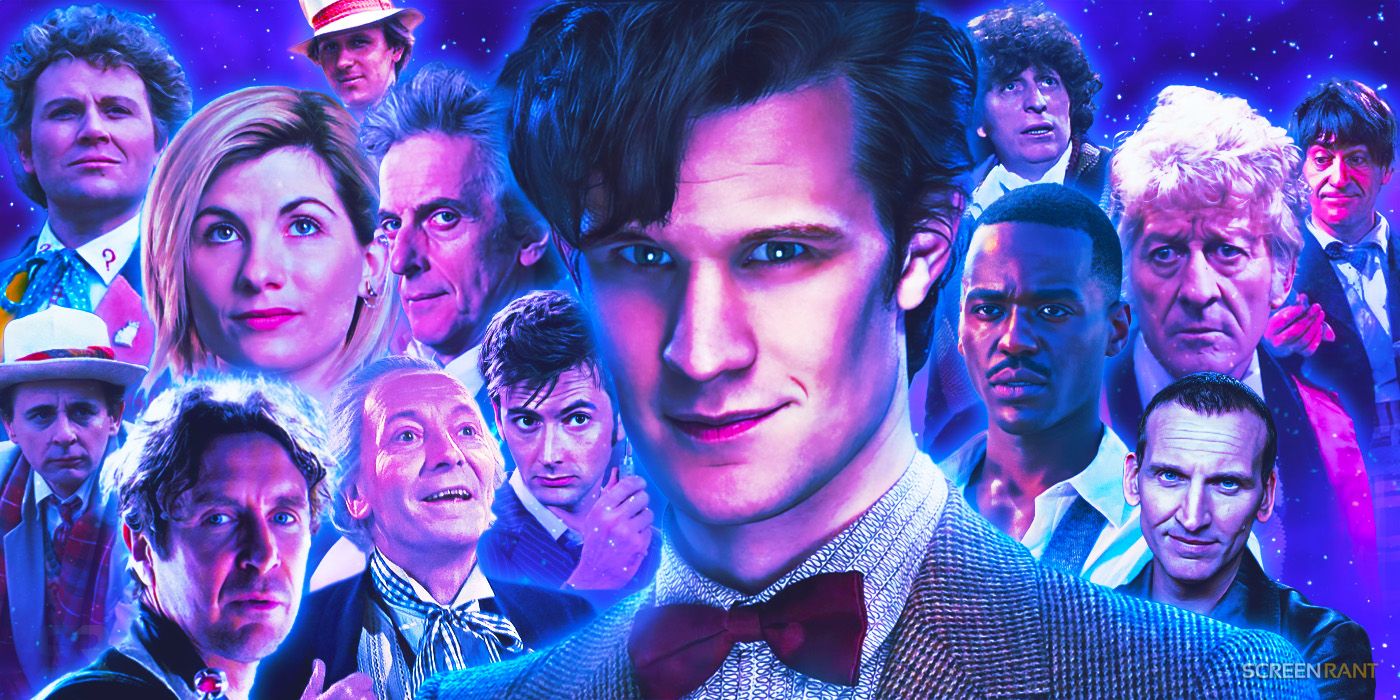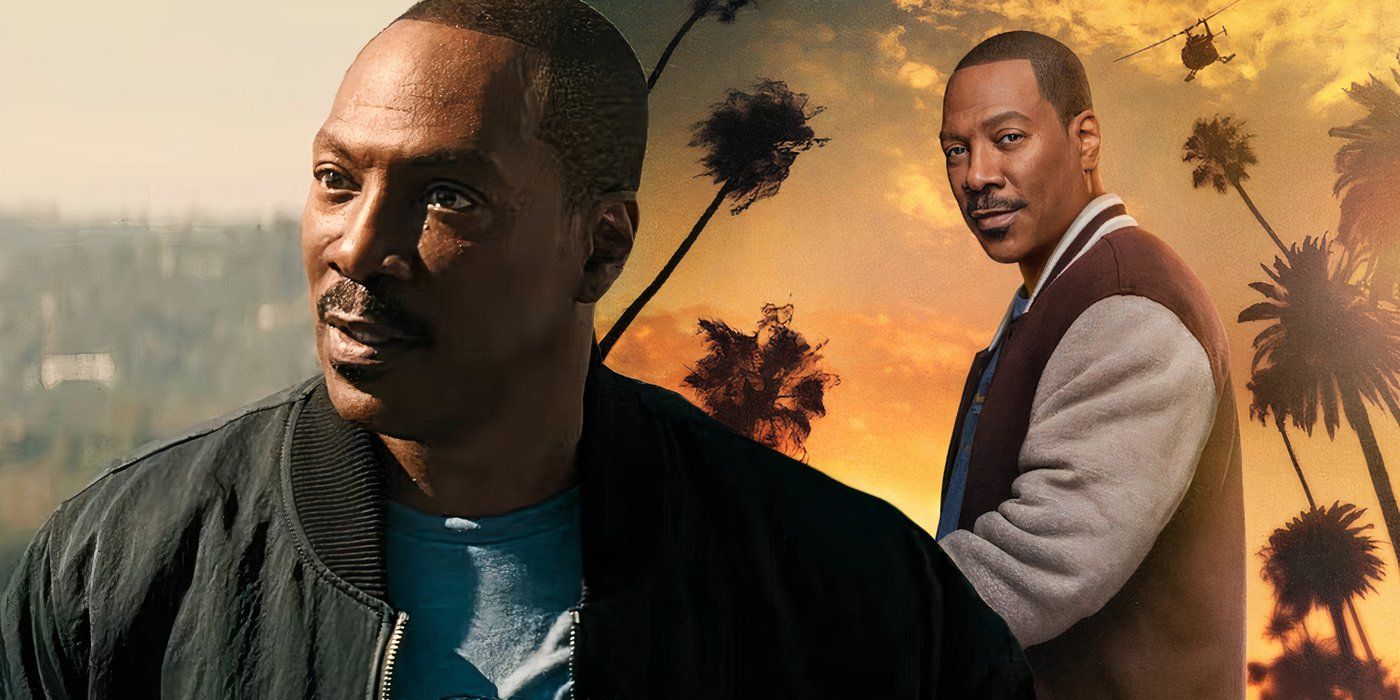The world of seinen dystopian manga is among the most disturbing, terror-inducing fields of contemporary storytelling in the world, but that’s no reason to let perfectly decent art with socially conscious messages go to waste. With so many classics to sort through, it’s no easy task finding the ten best dystopian manga in the medium’s history.
Please note that despite the colorful characters and comic book feel to many of these, all of these series are viscerally graphic and among the most disturbing stories ever put to page. That said, they’re also noteworthy for being elite works of cohesive storytelling in one of the top speculative fiction markets in the world, and that is saying something. Here’s the best of the best.
10 Eden: It’s an Endless World (1997 – 2008)
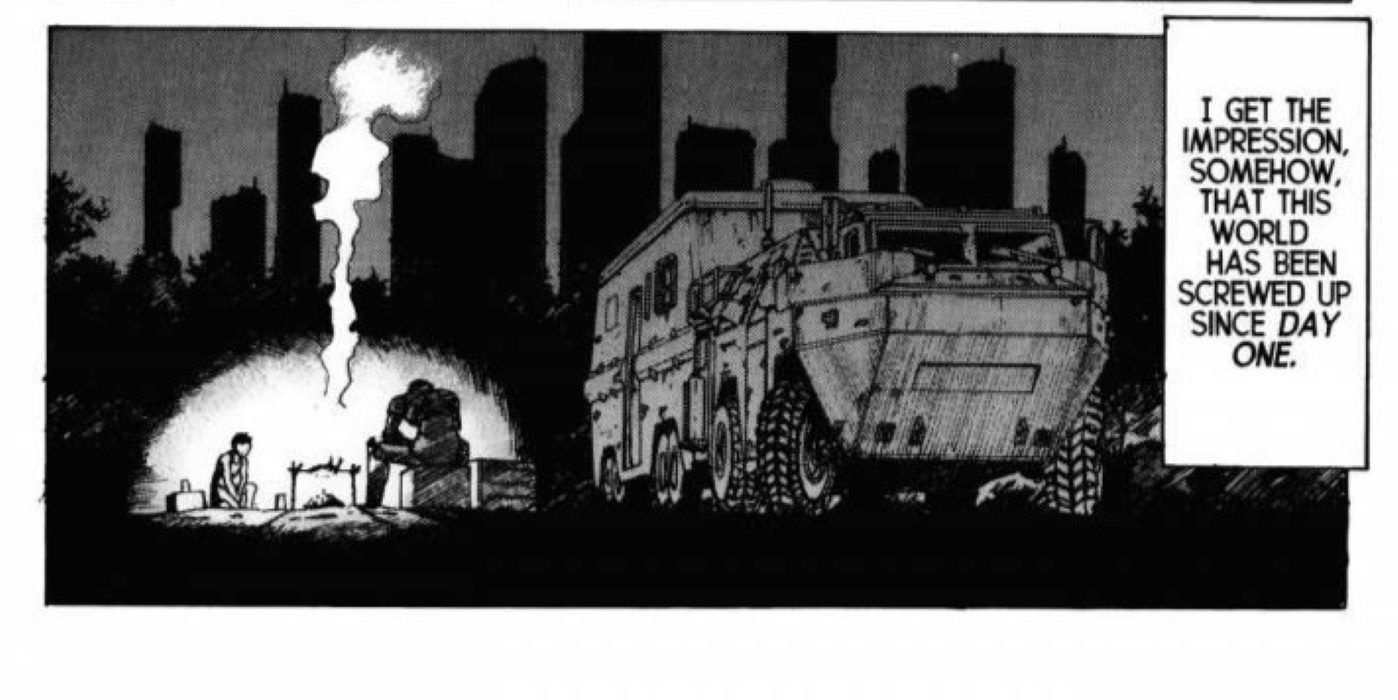
The product of mangaka Hiroki Endo, Eden follows the journey of Elijah Ballard and his brutalist robot companion Cherubim through a hellish, survivalist, guerilla warfare-fueled world teeming with vying military factions and competing ideologies. Ostensibly an exploration of the philosophies of Gnosticism, Eden ends up focusing on various facets of moral complexity, in many ways serving as a meditation on the nature of moral relativism when placed up against more concrete ideologies such as religious fundamentalism. In short, this is an intense cyberpunk story about a boy soldier growing up in the jungle after a mysterious plague decimates humanity, searching for his father.
Related: 10 Great Horror Manga Authors & Their Best Work (According To MyAnimeList)
9 I Am a Hero (2009 – 2017)
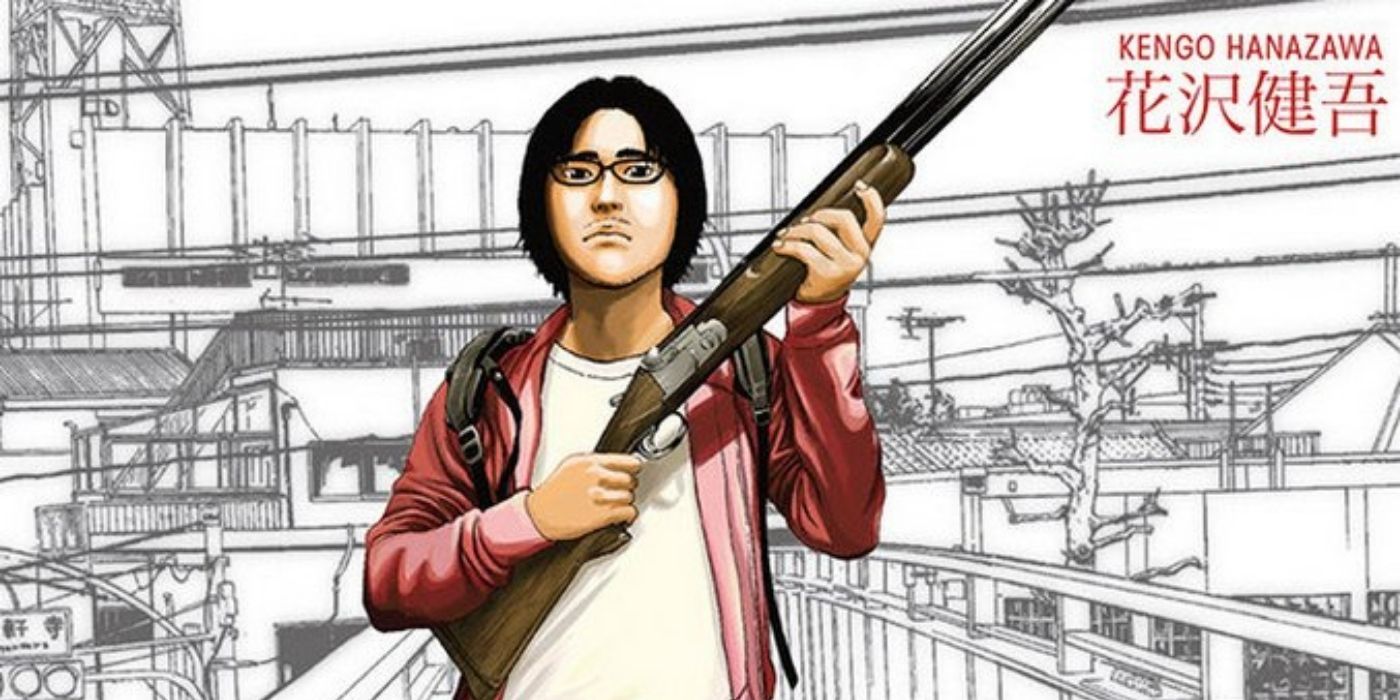
A clever twist on the zombie apocalypse, I Am a Hero deals with lowly manga assistant Hideo Suzuki as he struggles to negotiate an absurdist/realist world where human beings appear to be turning into ravenous, destructive, corpselike monsters. A meandering if not meta story of one man’s search for artistic meaning and personal motivation in a world beset by an endless army of the undead, at the center of I Am a Hero beats a human heart that, despite its personal foibles, presents a fondly quirky tale of life on the edge of civilizational collapse. Written and illustrated by Kengo Hanazawa, I Am a Hero is surprisingly likeable, albeit incredibly visceral in terms of its gore.
8 Dorohedoro (2000 – 2018)
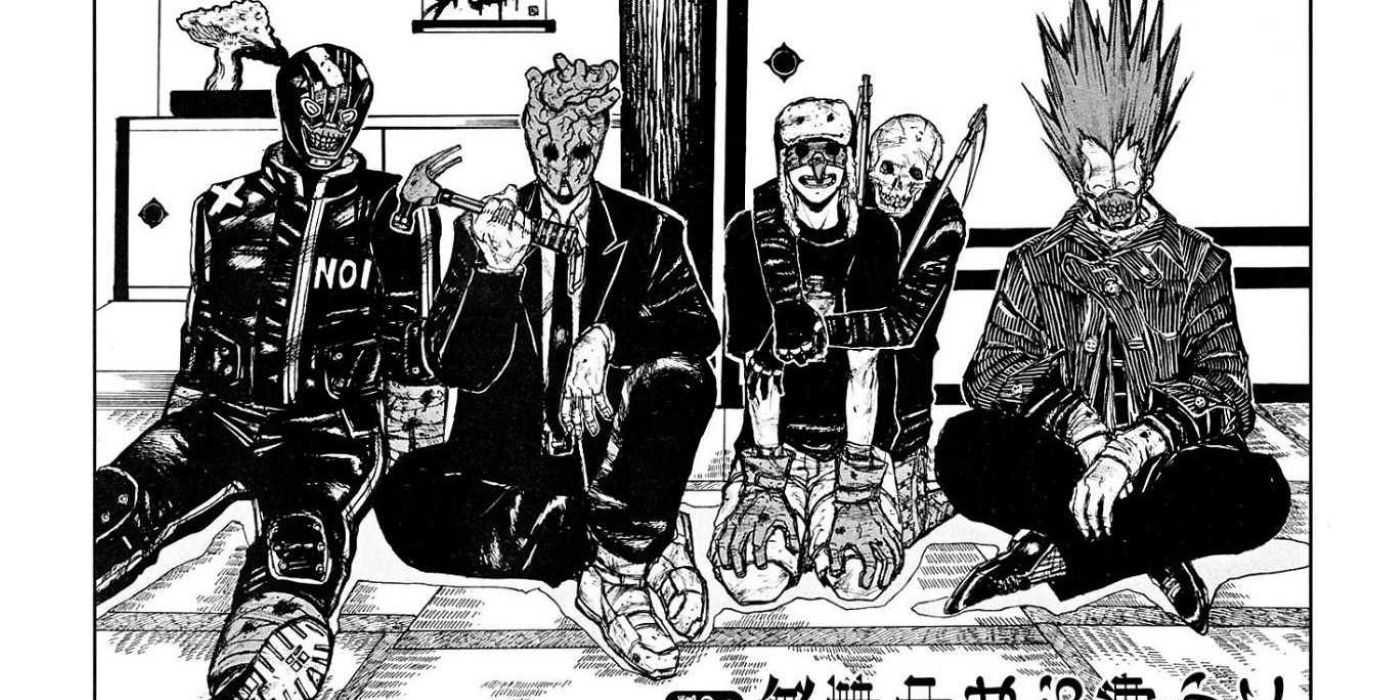
Bizarre does not even begin to describe Dorohedoro, and perhaps that’s a good thing. Probably the most humorous entry on this list, Dorohedoro puts the focus on the mystical (as well as hazy) world of “The Hole” and the amoral, amnesiac lizard-headed vigilante known ironically as Kaiman as he teams up with restaurateur and mysteriously good sport Nikaido to take a few spins to the Sorcerer’s World and bite the heads off some criminals for vague reasons that don’t seem to matter at the end. An eclectic cast of appropriately sardonic characters rounds off this long-running, irreverent fantasy, courtesy of Q Hiyashida.
Related: Top 10 Highest Rated Horror Anime According To MyAnimeList
7 Nausicaä of the Valley of the Wind (1982 – 1994)
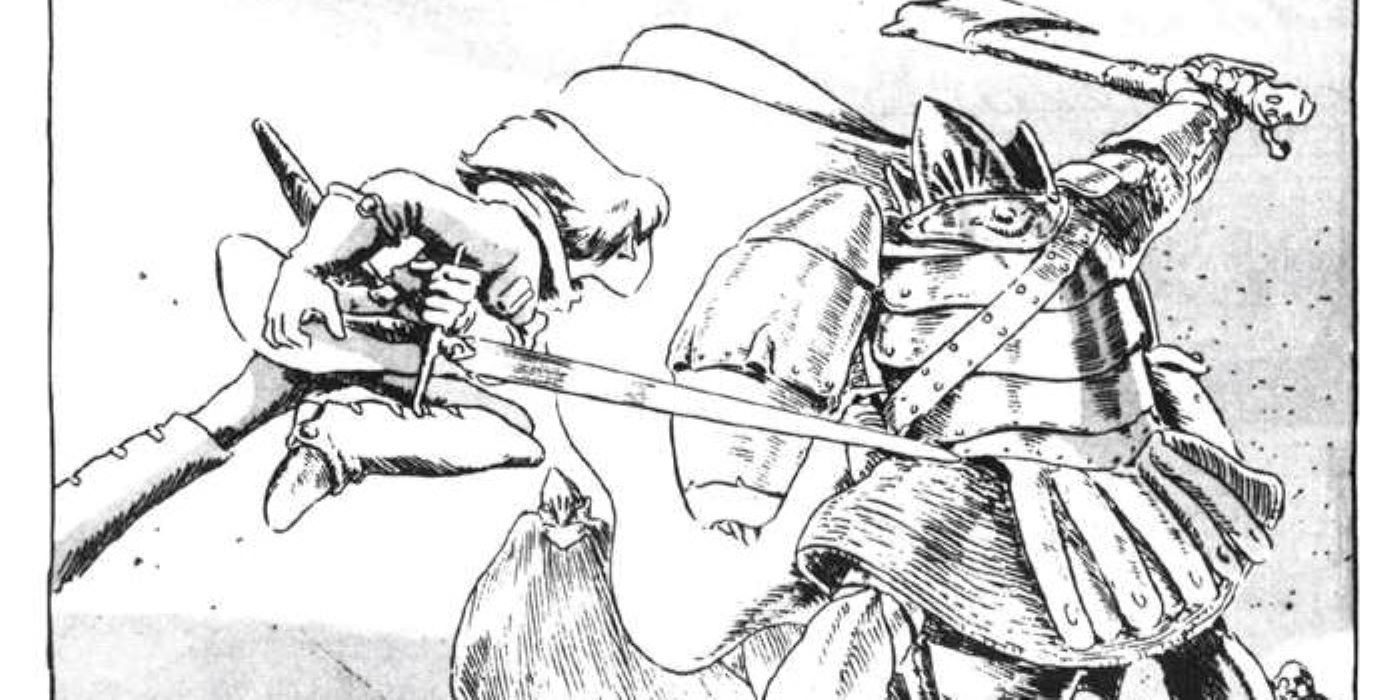
The inimitable Hayao Miyazaki’s fantasy-infused epic surrounds the brave Princess Nausicaä in what is surely among the most imaginative, dreamlike journeys in manga history. A typically philosophical exhibition by Miyazaki, showcasing what would later become his trademark design and artistry, this story owes much to Jean “Moebius” Giraud and the burgeoning Western science fiction offerings of the 1970s, encapsulating a wholesome, if not starkly layered dystopia rife with war and destruction. Perhaps a hallmark of this work might be its pervasive animism, a devotion to environmental concerns, but what it will be remembered for is its virtuoso performance of kinetic action set-pieces pioneered by the master himself.
6 Battle Royale (2000 – 2005)
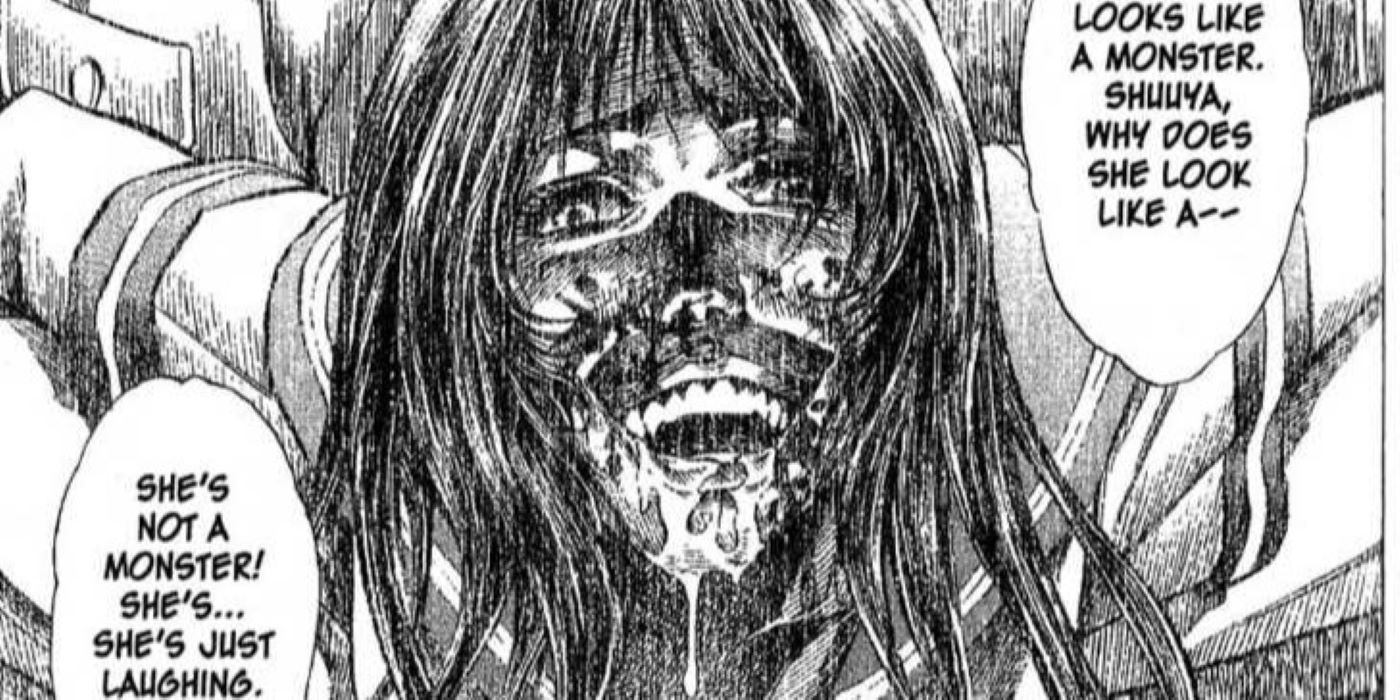
The subject of a famous film as well, the manga Battle Royale, written by the original novelist Koushin Takami with obsessively detailed art by Masayuki Taguchi is among the darkest and most graphic stories ever put to page, a genuinely sad pageant of cruelty about a typical high school classroom of students forced to fight to the death for the public’s amusement in a dystopian nightmare. A character-driven, psychological thriller that is as unforgettable as it is cruel, Battle Royale is best looked at as a story of social graces, and what happens when such underlying trust is destroyed by an uncaring higher power such as a totalitarian government.
5 The Legend of Mother Sarah (1990 – 2004)
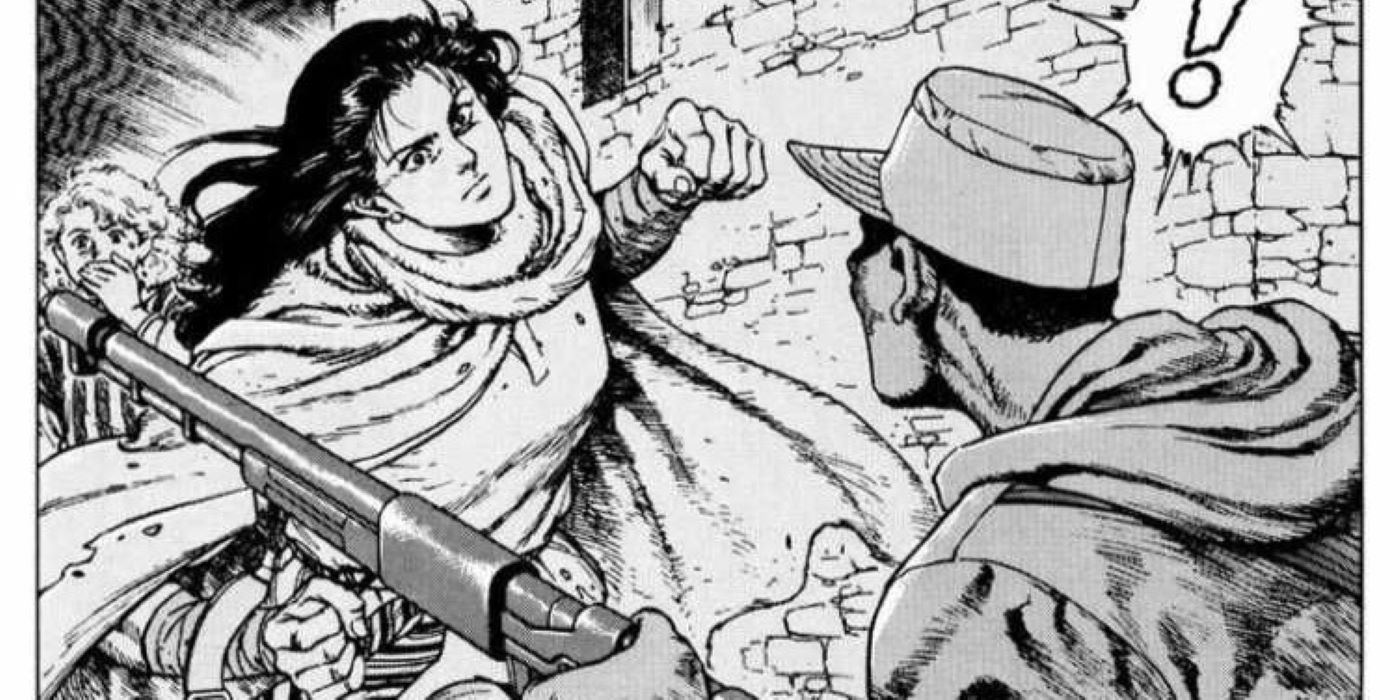
Responsible for the top entry on this list as well, Katsuhiro Otomo takes writing duties while handing art duties to the capable Takumi Nagayasu for what might be one of the great feminist hero stories of its kind: the journey of one woman across a post-apocalyptic hellscape in search of her lost children. A far more realistic and harrowing journey than Otomo’s earlier Akira, Mother Sarah carries with it the same qualities that made Akira such a touchstone for the medium, including his dramatically anti-Imperialist political leanings alongside a gorgeous cinematic feel to the art. It is this quality which engenders a strange “cowboy western” theme to the piece, made even more novel due to its rare vision of a real feminist hero in Sarah, as well as its piercing violence.
4 BLAME! (1997 – 2003)
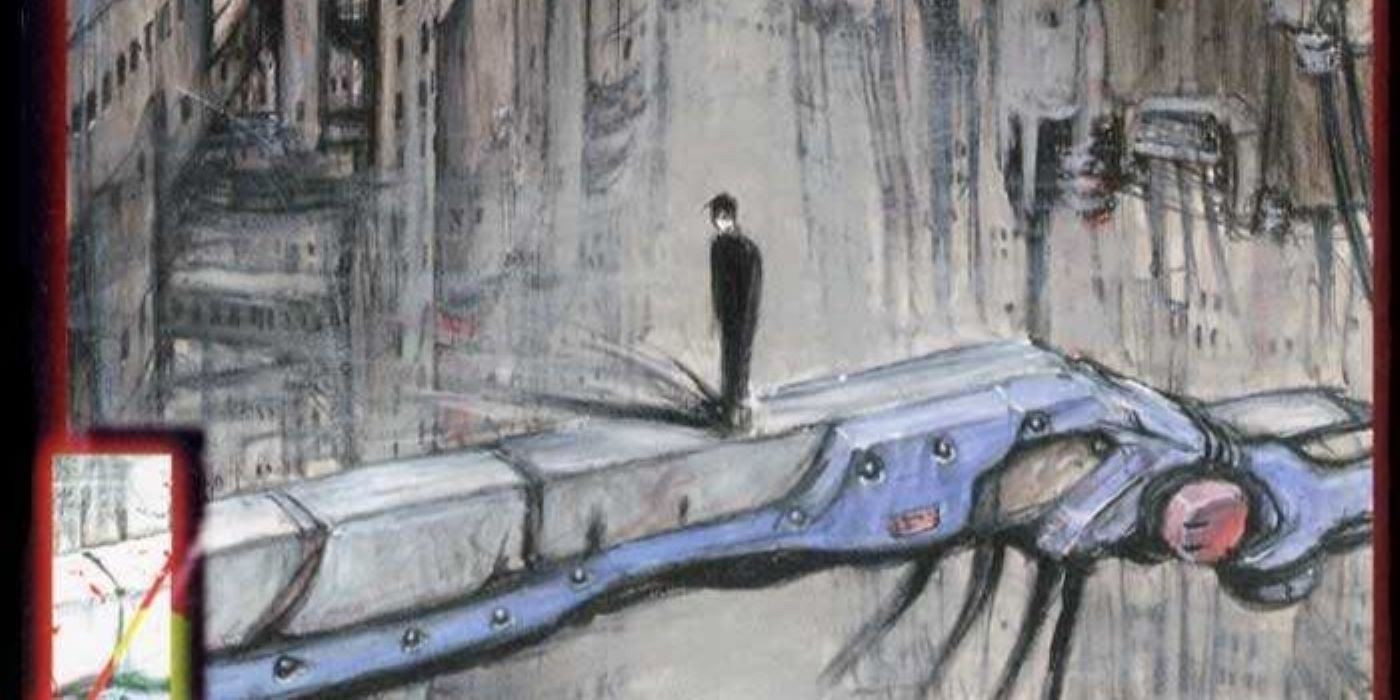
An Escher-esque industrial complex filled to the brim with surreal violence, BLAME! is a nightmarish blend of neo-noir and cyberpunk by Tsutomu Nihei that ultimately provides perhaps one of the finest atmospheres of surrealism in the history of the medium. Starring a quiet-like, impenetrable protagonist named Killy as he haunts a gigantic (as in larger than most planets by a wide margin) and mostly empty city of walls, scaffolding, and scattered civilizations (many of which are not human), what BLAME! does right is quite extraordinary: presenting a magnificently vast, opaque, and unintelligible mystery of old-school science fiction and refusing to elaborate on a greater meaning. What emerges is a surprisingly vivid kernel of a raw alien world, nearly unrecognizable as a human creation, but still possessed of a distant memory of such.
Related: 10 Fascinating Details Only Die-Hard Fans Know About Akira
3 Dragon Head (1994 – 1999)
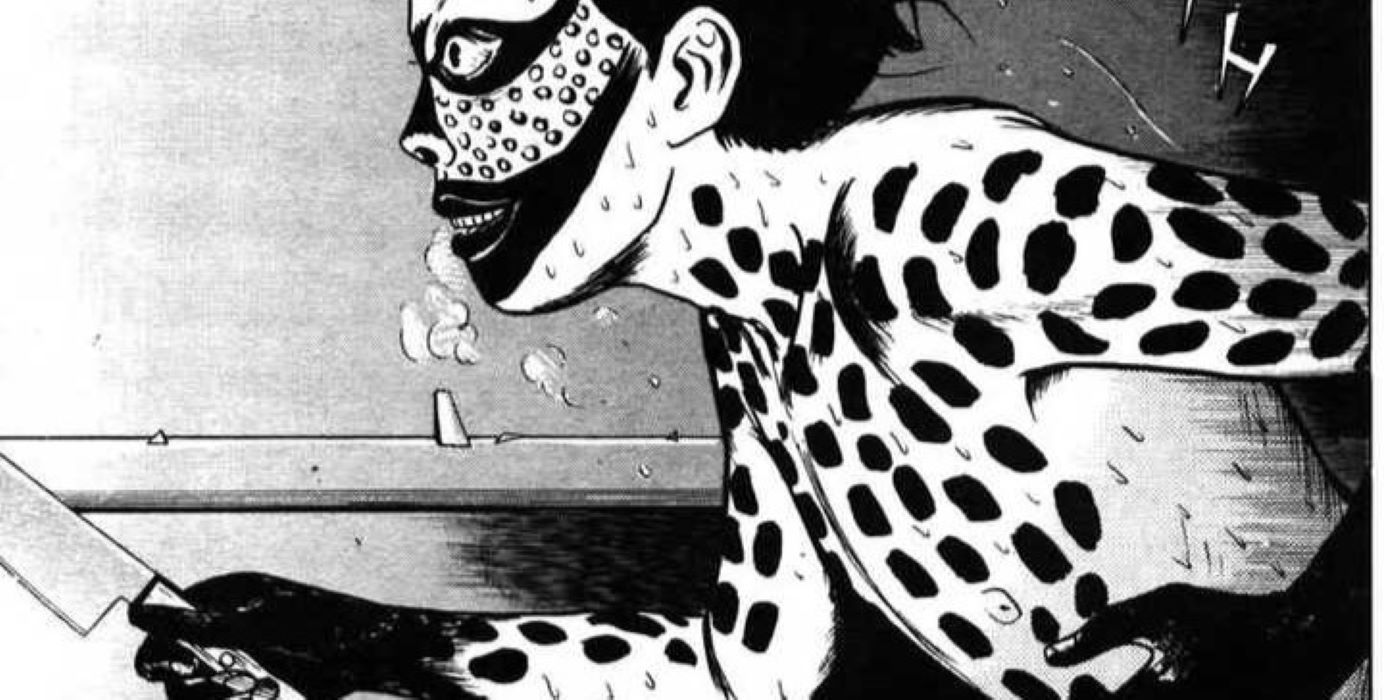
Dragon Head is a slow-burn, naturalistic tour-de-force of desolation and survival, featuring a trio of young students who survive a lethal train-derailment in a situation that turns out to be much worse than it initially seemed. Best described as 28 Days Later without the zombies, Dragon Head is not for the faint of heart, carrying with it a harrowing journey into apocalypse-induced mass insanity through the eyes of a teenage boy forced to fend for himself amidst a rapidly deteriorating societal infrastructure. Equal parts incredibly bold and horrifically unsettling, Minetaro Mochizuki’s work sits as one of the most gripping and immersive dystopias of its kind.
2 The Drifting Classroom (1972 – 1974)
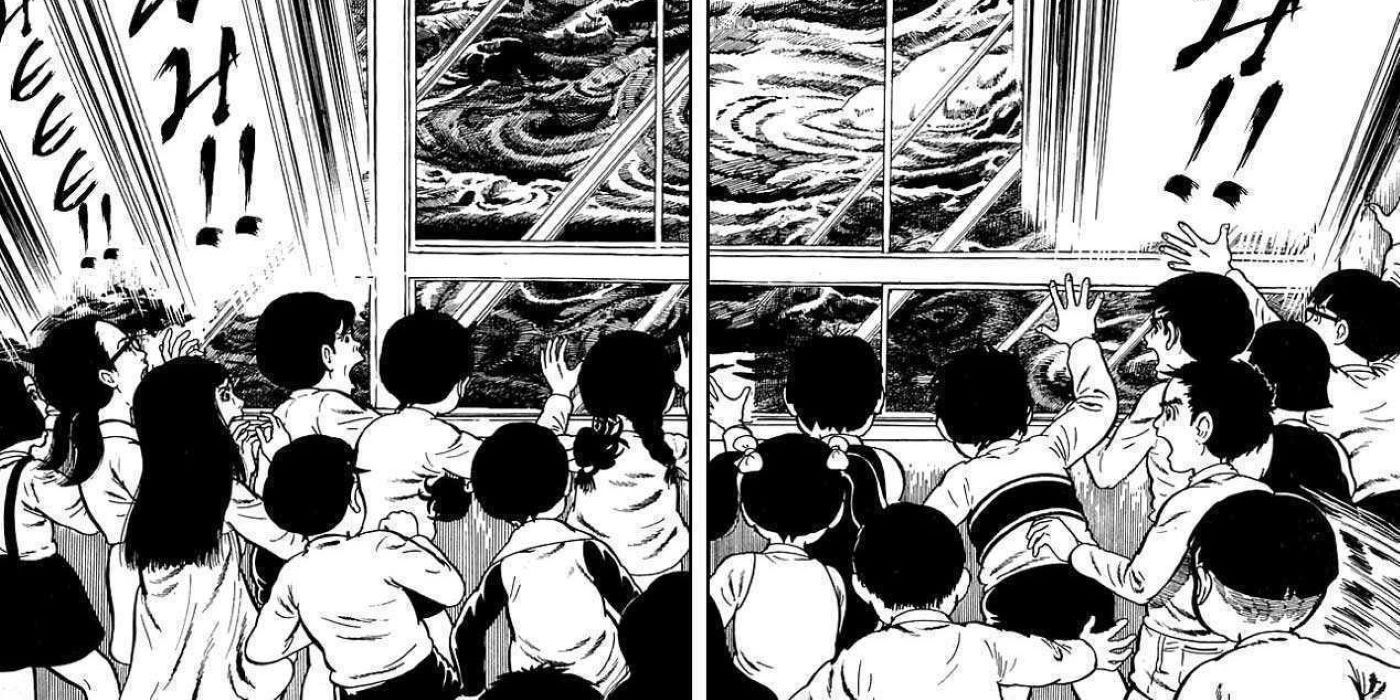
Surely among the most influential manga on this list, Drifting Classroom is an oddity of its times, setting a standard of terror and creepiness that persists 50 years after its original publishing. No doubt originally intended as a cautionary tale on the pitfalls of delinquency among youth, Kazuo Umezu’s ridiculously disturbing and surreal tale of students whose school building becomes transported to a mysterious post-apocalyptic landscape simply crawling with monsters is without question a groundbreaking work of horror.
The most striking characteristic of Umezu’s efforts might be the traditional-seeming art-style of the period being ironically and surreally twisted with each increasingly violent and catastrophic event of the series illustrated, which in turn subtly underscores the inherent social commentary in that comforting art-style being used instead to exhibit tragedies well beyond the grade school subject matter. An immensely mature and sophisticated critique of Japanese social and cultural mores of the time, Drifting Classroom is a well-constructed strip that takes pains to depict a Lord of the Flies situation in as devastating a method as possible.
1 Akira (1982 – 1990)
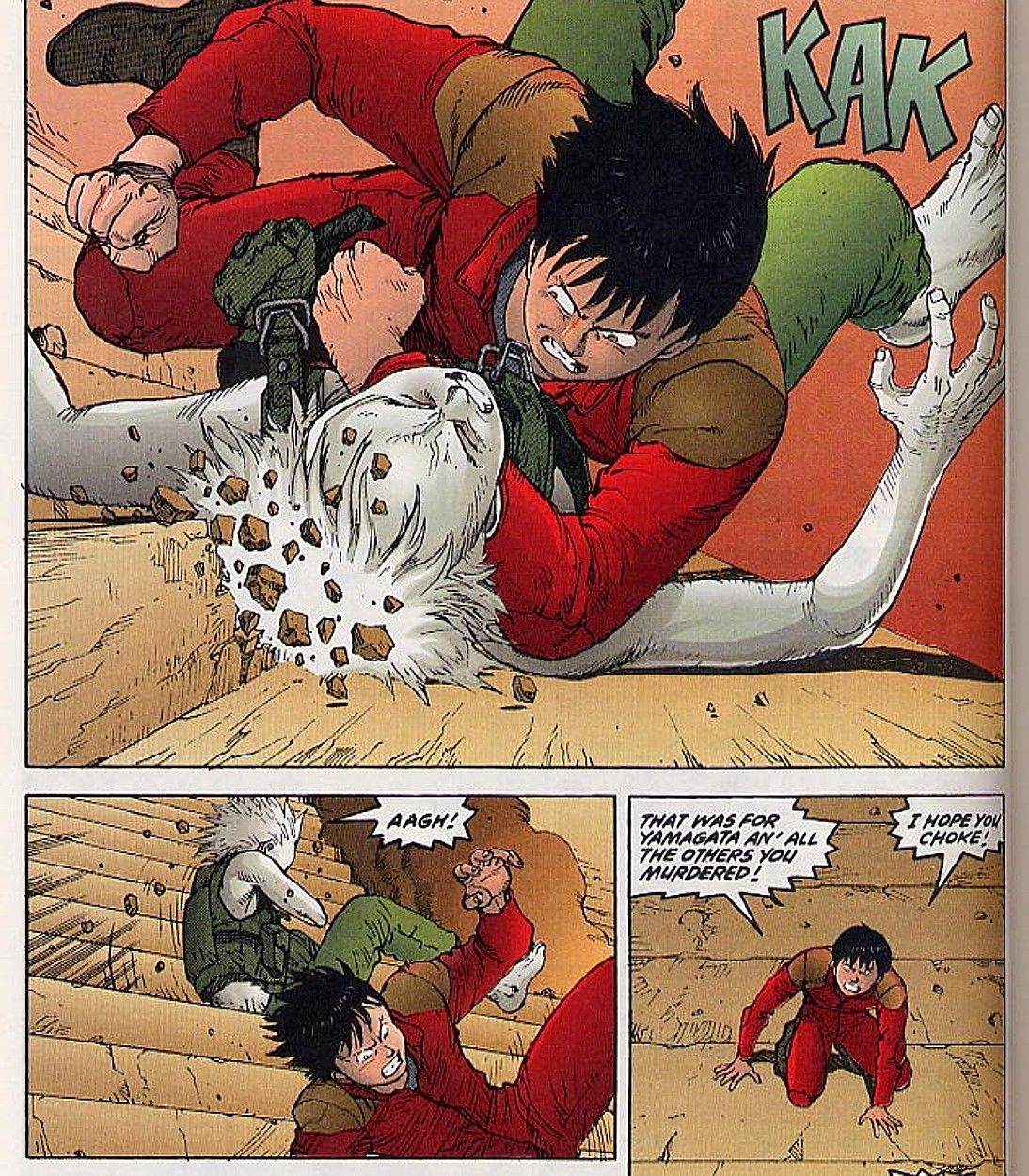
Though the realm of manga is filled with all manner of engrossing narratives in the dystopian style, there is simply no substitute for what is clearly among the greatest endeavors in its history: Katsuhiro Otomo’s Akira. One part sci-fi cyberpunk thriller/one part classic superhero deconstruction, what ultimately gives Akira the edge over its competitors is the absolutely sublime exhibition of visual unity achieved in the piece, possessing one of the finest visual sequencing compositions ever concocted not simply in manga, but perhaps in all of comics.
Akira’s strong points are many: an indelible cast of characters who succeed in filling out what becomes an intensely riveting philosophical exploration of human psychology, a lived-in world filled with dynamic, interconnected parts that never feel forced or cheap and a feeling of ceaseless escalation that becomes conducive to one of the most emotionally evocative villains in all of manga, the maniacal Tetsuo. Put all of those together, and what you have is not only one of the finest dystopian manga of all time, but perhaps one of the best comic series period.
